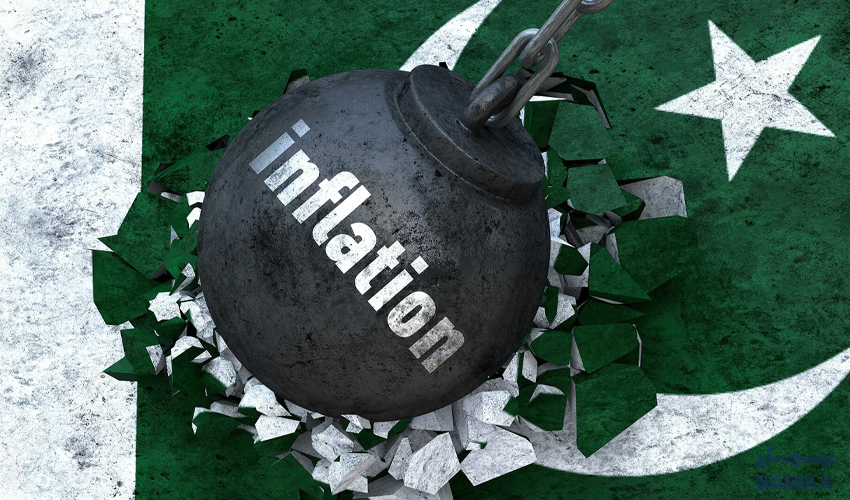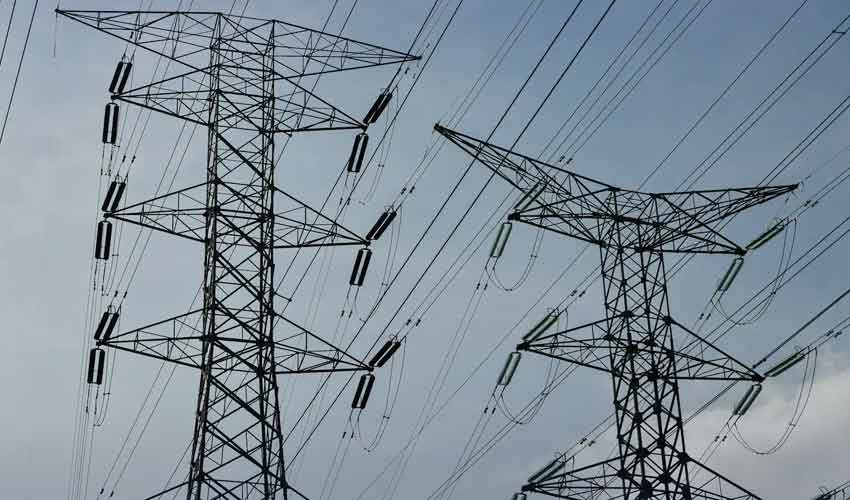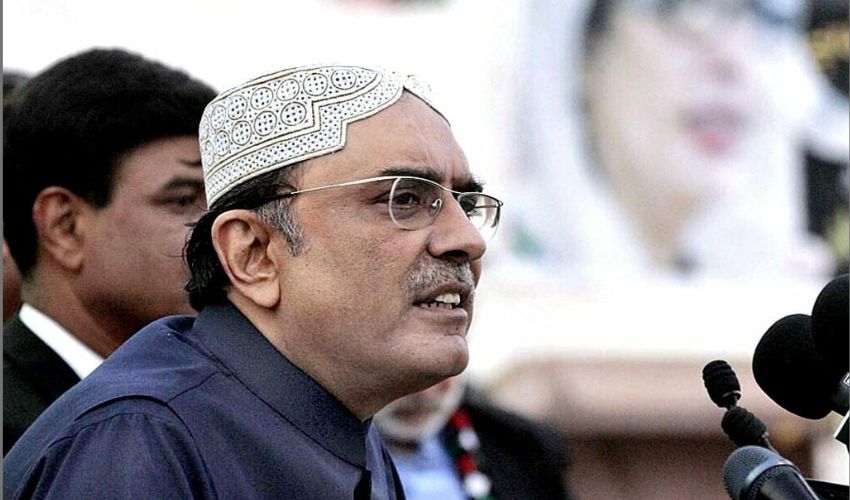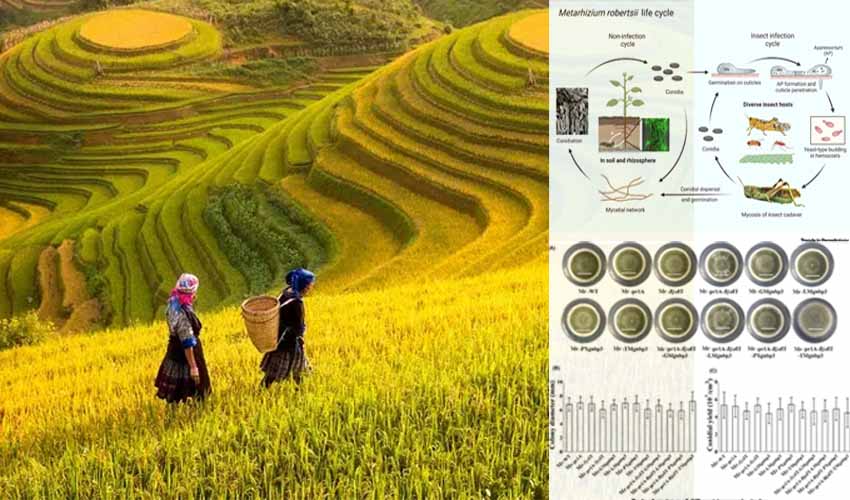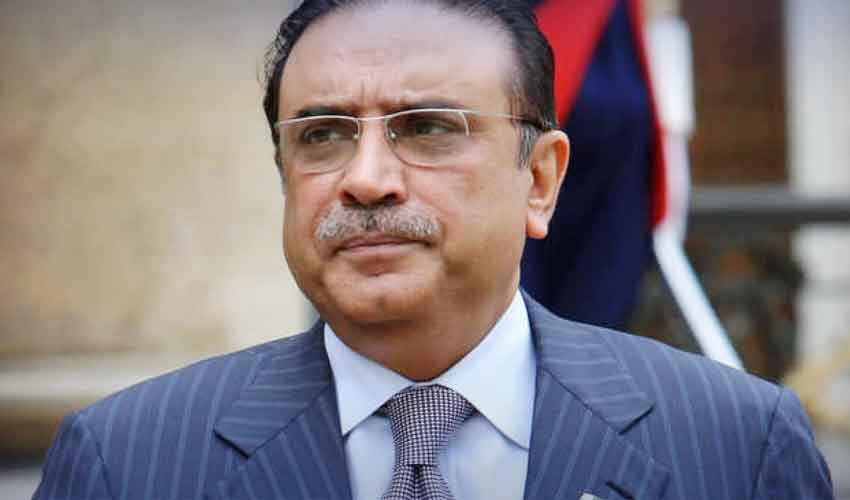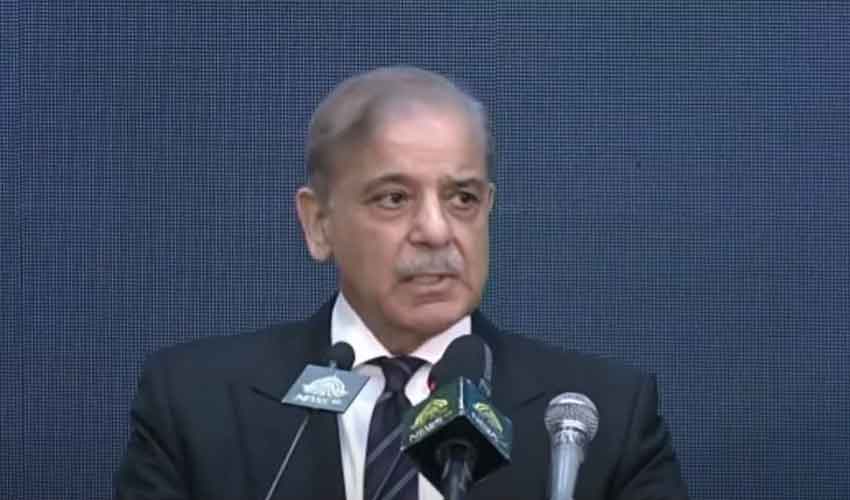Inflation has re-emerged globally after a period of relative calm. The debate on managing inflation is divided: the traditional approach advocates high policy rates and reduced liquidity, which can dampen economic growth.
Some believe inflationary pressures are temporary and will ease with economic expansion and improved supply chains. However, recent geopolitical uncertainties, like the Ukraine conflict, have caused commodity prices to surge.
Understanding inflation
Inflation affects citizens' lives and can limit economic growth. It can arise from demand-pull (high demand) and supply-push (limited supply) factors. Therefore, the underlying inflationary pressures vary across countries, necessitating tailored policy responses.
In Pakistan, high inflation results from:
1. Weak economic fundamentals
2. Global price pass-through, exacerbated by currency devaluation
3. Stockpiling by the government and suppliers
4. Policy stimuli during COVID-19, such as concessionary financing and expansionary fiscal measures including income support programs
Policy prescription
Given this context, inflation-targeting strategies must be carefully considered. Rapid monetary policy tightening is not the sole anti-inflation tool as it can excessively depress output and employment. Effective management requires coordinated monetary and fiscal policies.
While the supplementary budget of 2022 aimed to curtail demand, recent relief packages and new financing programs need cautious reevaluation. Conducting a cost-benefit analysis and assessing the inflationary impact before implementation is crucial. A prudent fiscal policy, combined with other factors, is essential to maintain the current stance of monetary policy with negative interest rates.
Sound policy calibration can tame inflation by reducing aggregate demand. Fiscal reforms are needed to ensure better value-for-money in government spending and improve negative government savings.
Tackling food-price inflation
Food-price inflation directly impacts people's lives, especially in low-income countries like Pakistan. It is a complex issue that has been inadequately addressed, increasing dependence on imported foods and agricultural raw materials. This neglect is concerning, particularly when food price inflation exceeds the overall consumer price index.
Agricultural productivity in Pakistan is alarmingly low, at less than 50% of the world’s frontrunners in five staple crops: wheat, cotton, sugarcane, maize, and rice. A change in mindset is necessary. Administrative measures to reduce prices have failed. Policymakers must understand that government involvement in agriculture distorts markets. Meaningful reforms should redefine the government's role in commodity operations, focusing on maintaining strategic reserves, improving regulation, and enhancing research.
Increased research spending from a meager 0.8% to at least 2% of GDP is needed. Proper incentives should be provided to improve cropping patterns and align universities and research organizations with farmers to boost yields. Market-oriented reforms can reduce reliance on middlemen, help in price discovery, and ensure timely imports and exports.
Fundamental reforms
While interest-rate policies often dominate headlines, more comprehensive reforms are essential to manage inflation and address supply-side issues. Expanding domestic productive capacity in industry, agriculture, and services is critical. Higher GDP growth can increase the domestic supply of commodities, restricting price rises. Key areas for reform include:
1. Energy sector transition
Moving from a state-dominated energy sector to a privatized market to capture efficiency gains is crucial. This involves developing new LNG terminals, a north-south gas pipeline, competitive gas pricing, and promoting green energy.
Energy efficiency and conservation plans, along with improved public transport systems, can reduce dependence on imported petroleum products. This transition requires new habits, behaviours, and lifestyles. Exploring Pakistan’s mineral resources is also essential amid high global commodity prices.
2. Agricultural productivity
Enhancing agricultural productivity through research, improved cropping patterns, and market reforms can significantly impact inflation. Aligning incentives to promote investment in productive sectors, rather than real estate, is also necessary.
3. Investment climate
Revamping the regulatory and investment climate to attract both domestic and foreign investment in productive sectors is critical. This will expand the economy’s capital stock and improve worker productivity through new equipment and skills.
The outlined solutions go beyond temporary measures and emphasize fundamental reforms to tackle inflation. The focus is on reducing food inflation, which erodes the buying power of vulnerable and middle-class populations, affecting their spending on health and education.
Inflation is likely to remain elevated globally in 2022, but medium- and long-term measures can bring inflation expectations closer to low policy targets. In Pakistan, the goal should be to manage the supply of commodities and cheaper fuels, enhance competitive market performance, prevent rupee undervaluation, and limit monetary expansion to a low double-digit rate. These actions, along with structural reforms, aim to reduce inflation from 10-11% in FY22 to around 5-7% in the coming years.
By addressing these challenges with coordinated monetary and fiscal policies, agricultural and energy sector reforms, and a focus on productivity and investment, Pakistan can manage inflation effectively and pave the way for sustainable economic growth.





